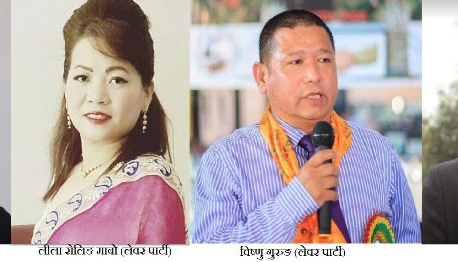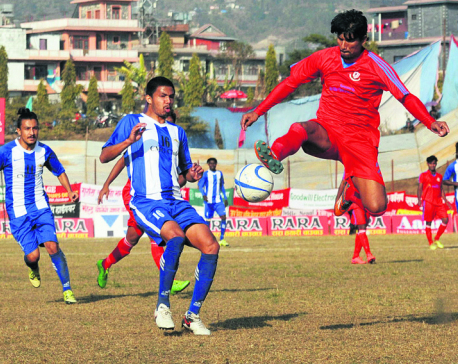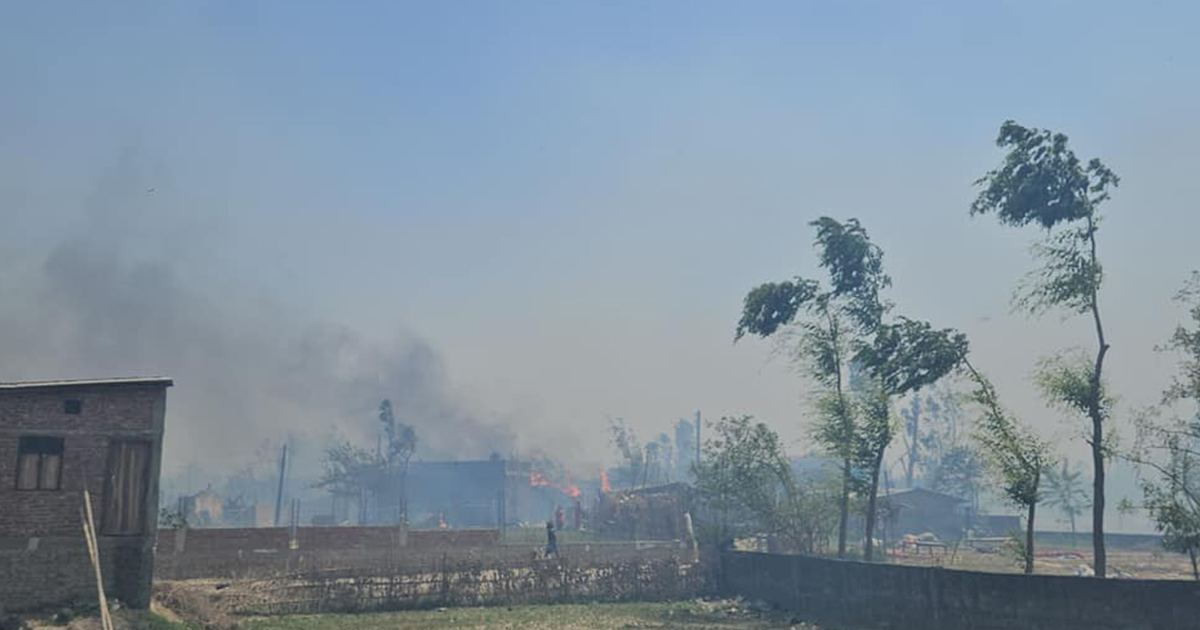
OR
Fewa Lake disappearance
It’s a vicious cycle. Every year, the tributary rivers that feed the Fewa Lake in Pokhara deposit huge quantities of sediments in the Fewa basin. This leads to the drying up of the lake in some places, which in turn makes people move into the dried areas. And as they move in, they put up new buildings and inject more pollutants into the lake, leading to its further shrinkage. If the current rate of sedimentation and construction around Fewa Lake continues, then the iconic lake, experts warn, could completely disappear in under three centuries. In fact, it could happen a lot quicker. In 1974, the lake was spread over 10 square kilometers; by 2008, it had shrunk to 4.2 square kilometers. Given the unpredictable nature of both sedimentation and human settlement, there is a real possibility that the youngsters living today could see Fewa, the raison d’être one of their favorite holiday destinations, disappear in their lifetime. But while successive governments have been tall on promises about protecting Fewa Lake, they have been short on delivery. Otherwise the recommendations of till date the most comprehensive study of the state of the lake would not have been so blatantly ignored.
The government of Baburam Bhattarai had in 2012 formed a committee under the leadership of Biswa Prakash Lamichhane and assigned it with the task of tracing the contours of encroached lands. The committee had found that 700 individuals owned lands in the conservation area around the lake. Since it is illegal to own any land in the conservation area, the committee had recommended that the land ownership certificates of these individuals be immediately scrapped. Yet the process of land reclamation has since been stuck in the courts, as land owners have been asking for compensations. We don’t see why those who have illegally usurped public land, and in such an environmentally sensitive area, need to be compensated in any way. Yet they could not have laid claim to these lands without the collusion of senior government officials. According to the locals, these lands were surreptitiously transferred into private ownership during the first government land survey in 1977. Since subsequent governments took no action against these illegal land owners, their ownerships were, in a way, legitimized.
The task of eviction of illegal settlers should commence and all future construction activities in the conservation area be halted immediately. But this is not enough. To check sedimentation, new reservoirs must be built upstream on the Harpan River that is chiefly responsible for depositing enormous quantities of soil and sand in Fewa Lake every year. There is not a moment to lose. Following the devastating 2015 earthquakes, during which most of the natural heritage of Kathmandu valley was reduced to rubbles, the allure of Fewa Lake was one big reason foreign tourists continued to flock to Nepal. The tourism entrepreneurs who have been on a wild construction spree on the lake’s basin should be careful that in their lust for fast bucks they don’t end up killing the goose that consistently laid golden eggs for them. For Nepal, with the Fewa gone, the country’s claim to be a tourist destination will also sound unconvincing.
You May Like This

Half a dozen NRNs contesting UK local polls
LONDON, April 17: Half a dozen Non Resident Nepalis (NRNs) including a woman have registered their candidacies for the local... Read More...

Sankata seals semifinal spot with second half goals
POKHARA, Jan 24: CMG Club Sankata advanced into the semifinal of Aaha-Rara Gold Cup Football Tournament on Tuesday defeating Narayanganj FC... Read More...

131 deaths from landslides, floods in one and half month
KATHMANDU, Aug 30: A total of 131 people died in the incidents of water-induced disasters across the country in the... Read More...

Just In
- World Malaria Day: Foreign returnees more susceptible to the vector-borne disease
- MoEST seeks EC’s help in identifying teachers linked to political parties
- 70 community and national forests affected by fire in Parbat till Wednesday
- NEPSE loses 3.24 points, while daily turnover inclines to Rs 2.36 billion
- Pak Embassy awards scholarships to 180 Nepali students
- President Paudel approves mobilization of army personnel for by-elections security
- Bhajang and Ilam by-elections: 69 polling stations classified as ‘highly sensitive’
- Karnali CM Kandel secures vote of confidence


















Leave A Comment